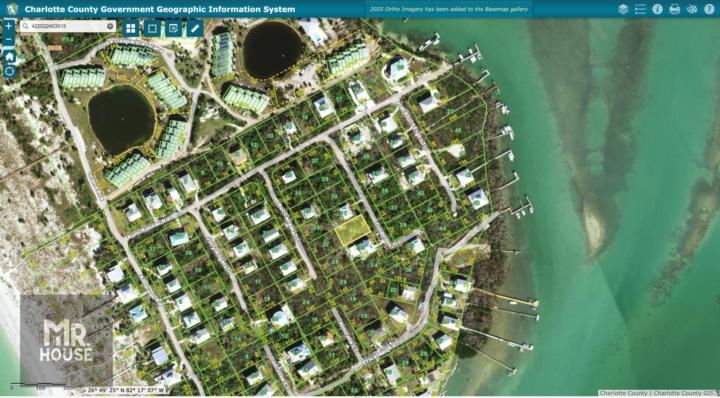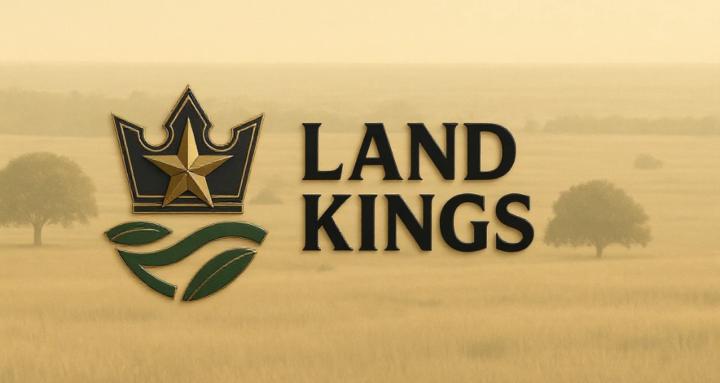
Write something
Non-disclosure states
@Jacob Higgins @Dustin Boese How do you work out what tracts are worth in non-disclosure states where sale prices aren't listed?
0
0
Placida FL Land deal
📍Address : 9598 Doubloon Trl Placida, FL 33946 💰 Cash Price : $65,000.00 + CC 📈 ARV : 500k - 850k depending on the size house built Land is appraised at 73k 🌳 Lot Size : 0.18 Acres Comps: * 9610 DOUBLOON TRL | 0.18 Acre | Sold 65k | 11 DOM * 9282 LITTLE GASPARILLA ISLAND | 0.18 Acre | (2/2.5) | Sold 839K Link for photos : https://drive.google.com/drive/folders/1v2FOG1fOCrtqq7IMjclNPnb2fx5k1eej?usp=sharing 🔐 VACANT CALL OR TEXT FOR VIEWING 🔐 🛑Property Sold As Is | MOC Filed | $5K Non-Refundable 🛑 📞 CALL TODAY JOHN: 512-364-5130 Tell us your buy box here : https://forms.gle/CqRsSVbF6GR8yRyt9
0
0

infill lots underwriting
Formula for determining the market value of land parcels, specifically infill lots, and a strategy for acquiring them at a favorable price. Key Points: Market Value Calculation (for regular lots): Identify 3-5 comparable recent sales (within 180 days). Calculate the price per square foot (PPSF) for each comparable sale. Average the PPSF values. Multiply the average PPSF by the subject lot's size to estimate its market value. Offer Strategy: Make an initial offer of 40%-70% of the calculated market value. Acquisition Process: Secure a purchase agreement with a small earnest money deposit and a due diligence period (if possible). Find a buyer for the property before the purchase agreement expires. Assign the purchase agreement to the new buyer for a higher price, generating a profit. Utilize a title company or attorney to manage the closing process. Infill Lot Valuation: Infill lots can be valued at 20%-25% of the median home price listed for sale or the average price of new construction in the area.
1
0

Prelim Plat 20 acres
This week we get our Prelim Plat from the survey company, next steps are to talk with utility providers and get what requirements they want in easements. Once that is completed, we will submit to the county for approval. we are turning 20 acres into 4 tracts that are 5 acres total and the resale is 800k plus and we purchased for 286k. Bigger spreads in Land we teach this stuff in our higher ticket offers if you have questions about these reach out to the team. DONT WAIT TO LONG @Jesse Weimer @Mark Gennaro

Oil & Gas: Minerals, Wells, Leases, and Land Ownership 💡
A lot of people reach out to me asking questions about property they’ve inherited with oil wells on it. Many assume they own the well outright — but that’s not always the case. 🛢️ Let’s break down the key concepts of Oil & Gas Minerals, Wells, and Leases to help you understand what you may (or may not) own. 1️⃣ Minerals vs. Surface Rights • Surface Rights: 🚜 These give you ownership of the land above ground. You can farm, build, or enjoy the property, but this doesn’t mean you own what’s beneath the surface. • Mineral Rights: 💎 These are the rights to the oil, gas, and other resources beneath the ground. • Minerals are often severed (separated) from the land. • A property can have thousands of mineral owners, even if one person owns the surface rights. ❗ Key Insight: Just because you inherited the land does not mean you own the minerals. The minerals may have been sold or retained by previous owners. 2️⃣ What Are Oil & Gas Wells? • An oil well is the physical infrastructure used to extract hydrocarbons from beneath the earth. 🛠️ • A well on your property doesn’t necessarily belong to you. • It could be operated under an Oil & Gas Lease, granting a company the right to drill and produce. 💡 Example: You might inherit land with a producing well, but if you don’t own the mineral rights, you won’t receive royalties. Instead, you may only receive surface damage payments for the use of your land. 3️⃣ Valid vs. Invalid Oil & Gas Leases • Valid Lease: • A lease is a contract that gives an oil company the right to extract minerals. • Mineral owners receive royalties, and the company operates the well. • Invalid or Expired Lease: • If a lease expires or becomes invalid, the mineral rights and surface rights may revert to the property owner, depending on state laws. • An expired lease may mean the well is no longer producing, and the operator should remove equipment from the property. 4️⃣ What If Equipment Is Left Behind? If the lease is no longer valid, and equipment is left on the property:
4
0

1-15 of 15

skool.com/creativekings
Master creative financing using seller finance, JVs, novations—build your empire with proven strategies, live breakdowns & community support
Powered by


